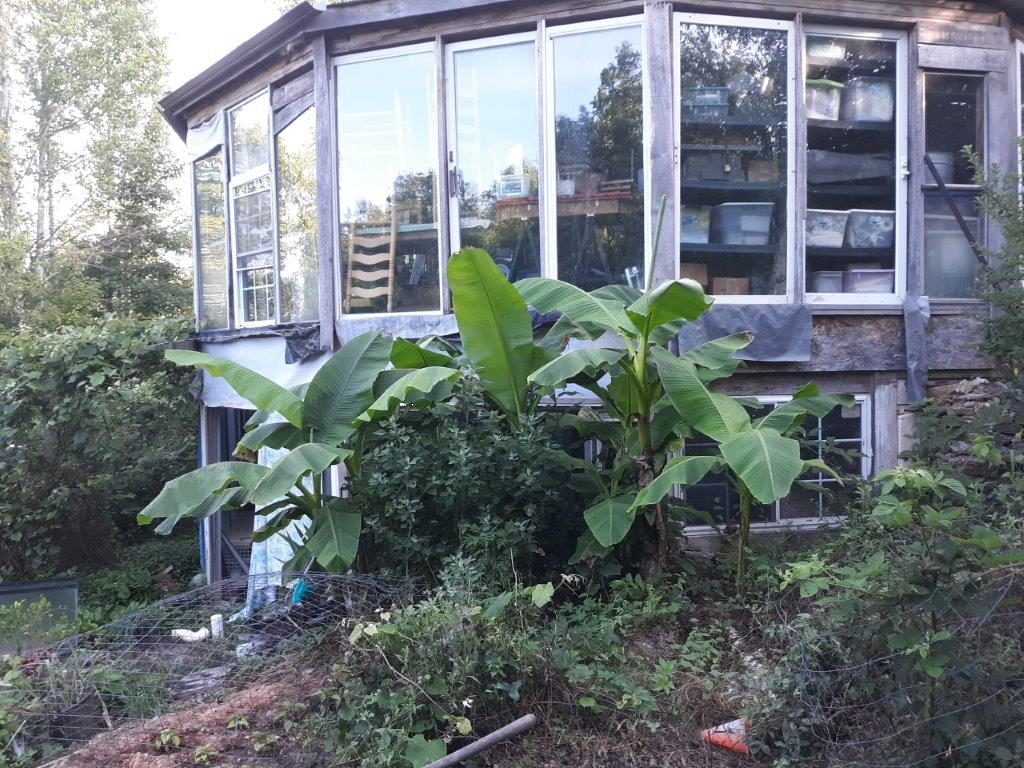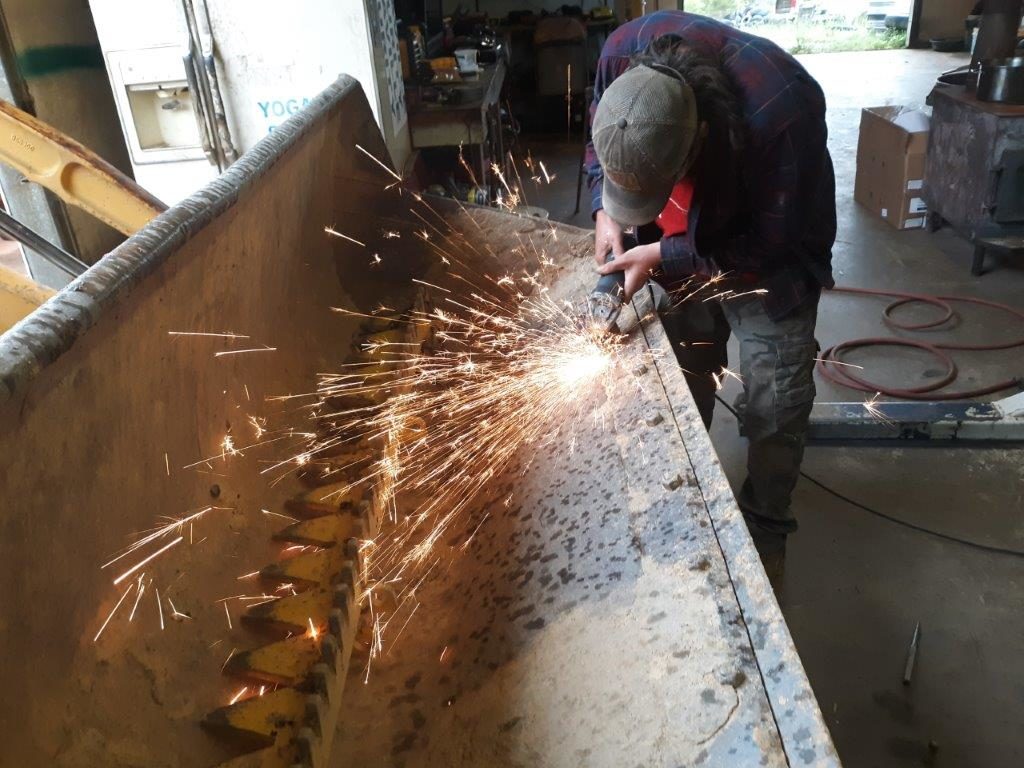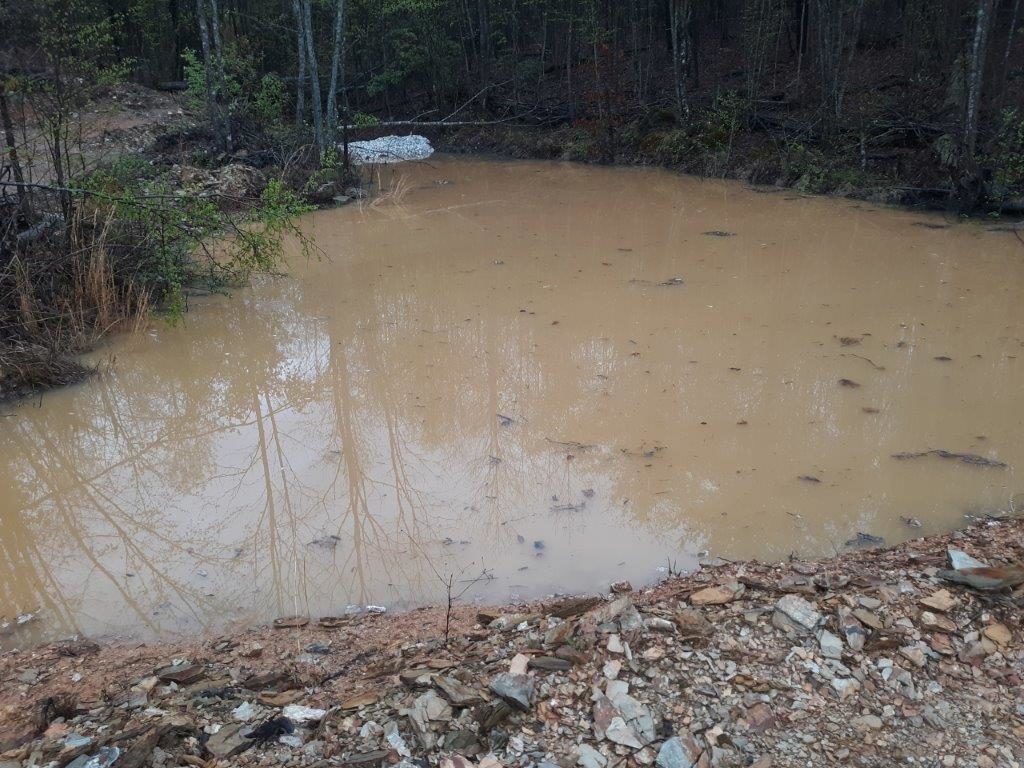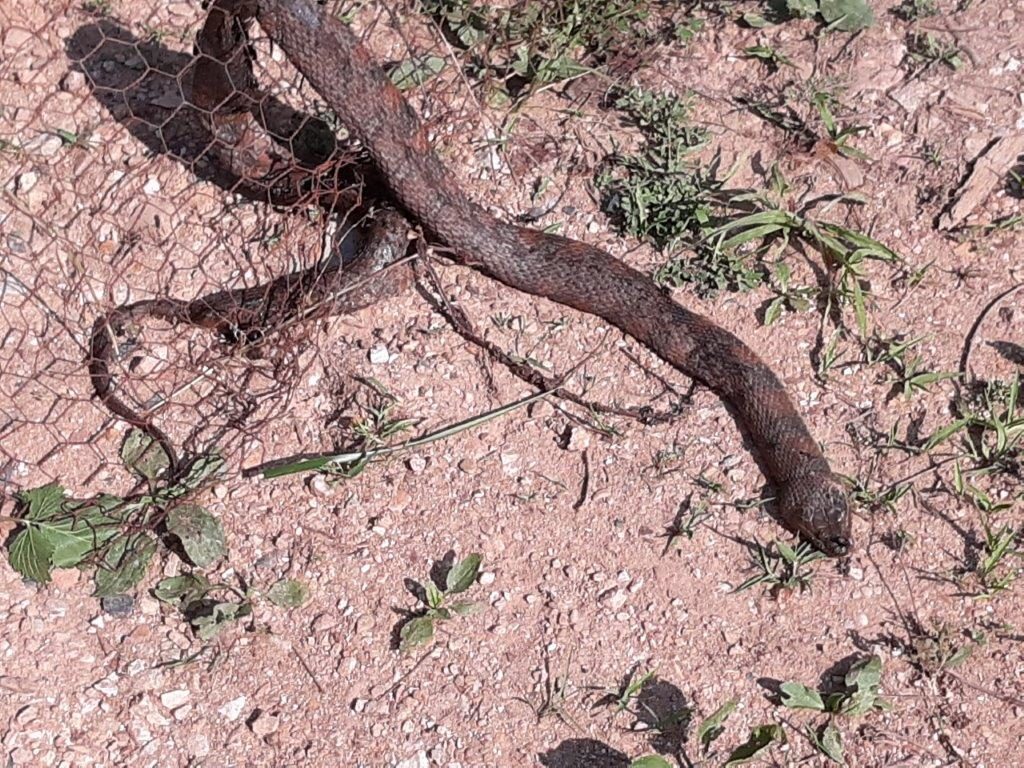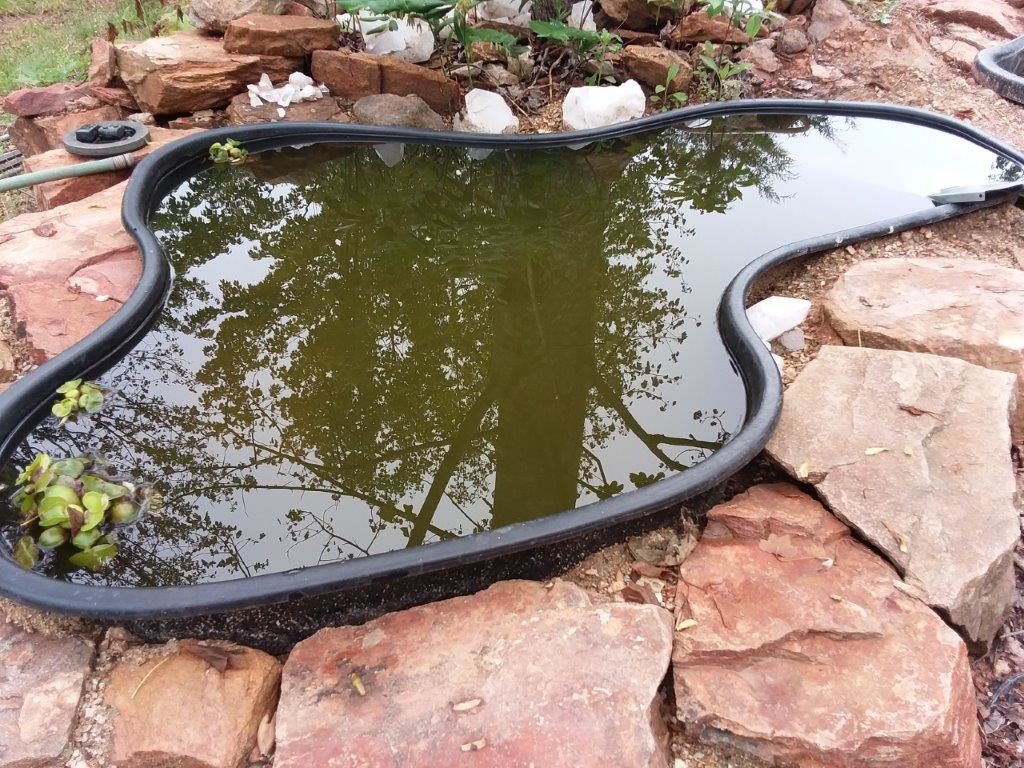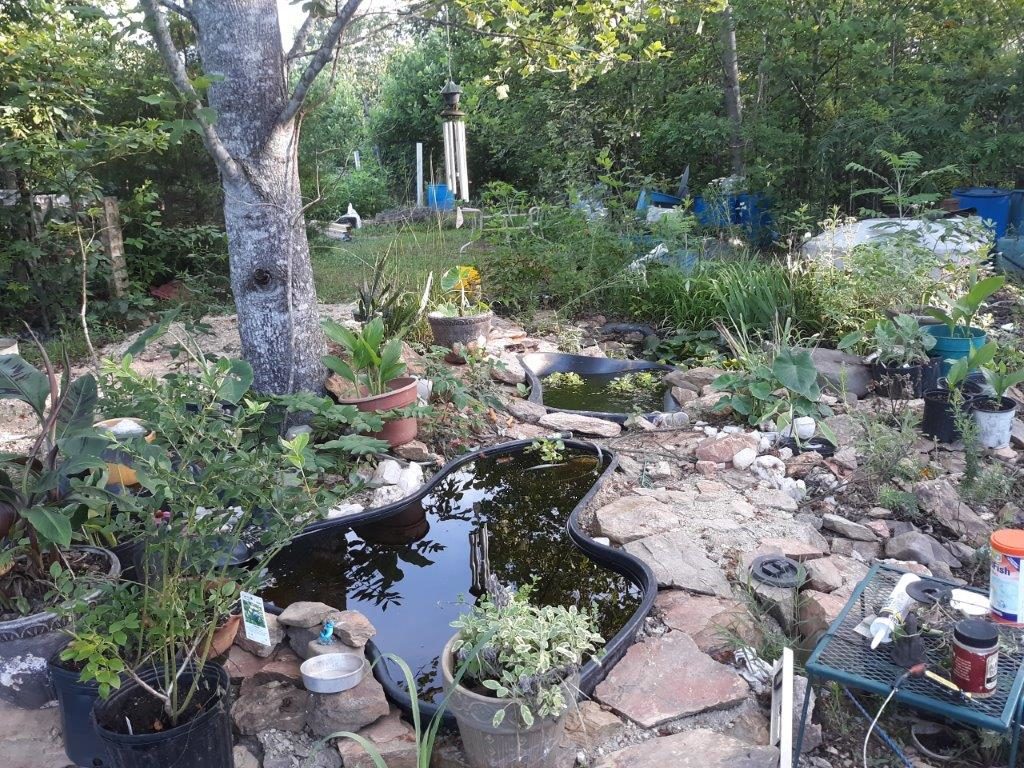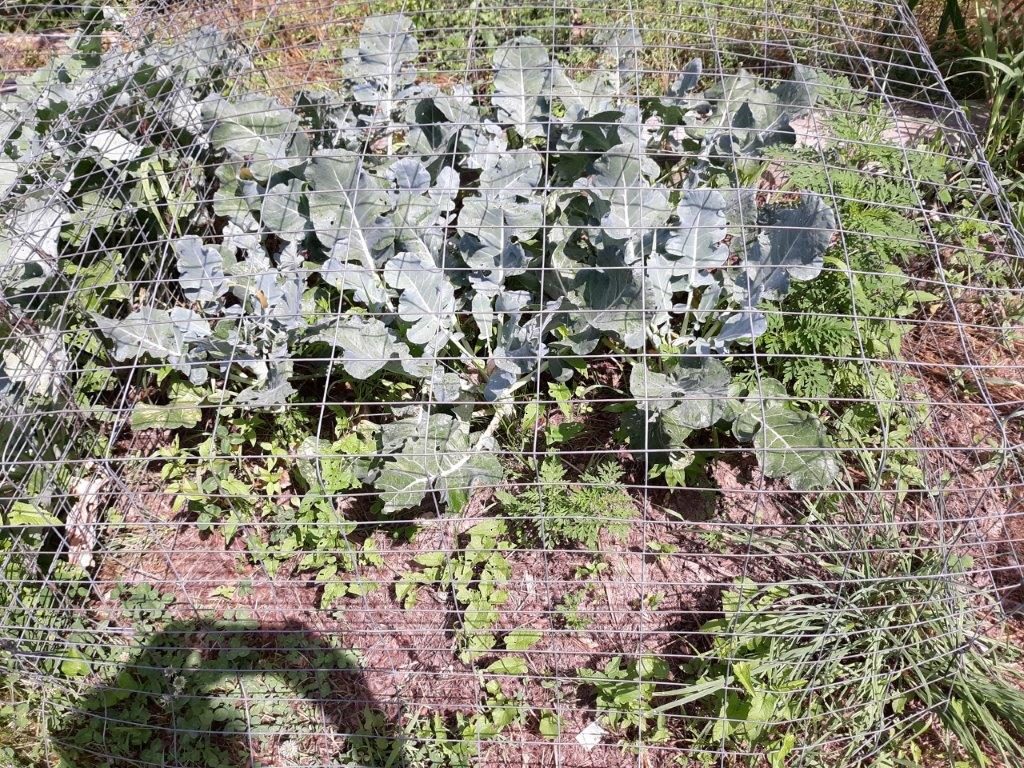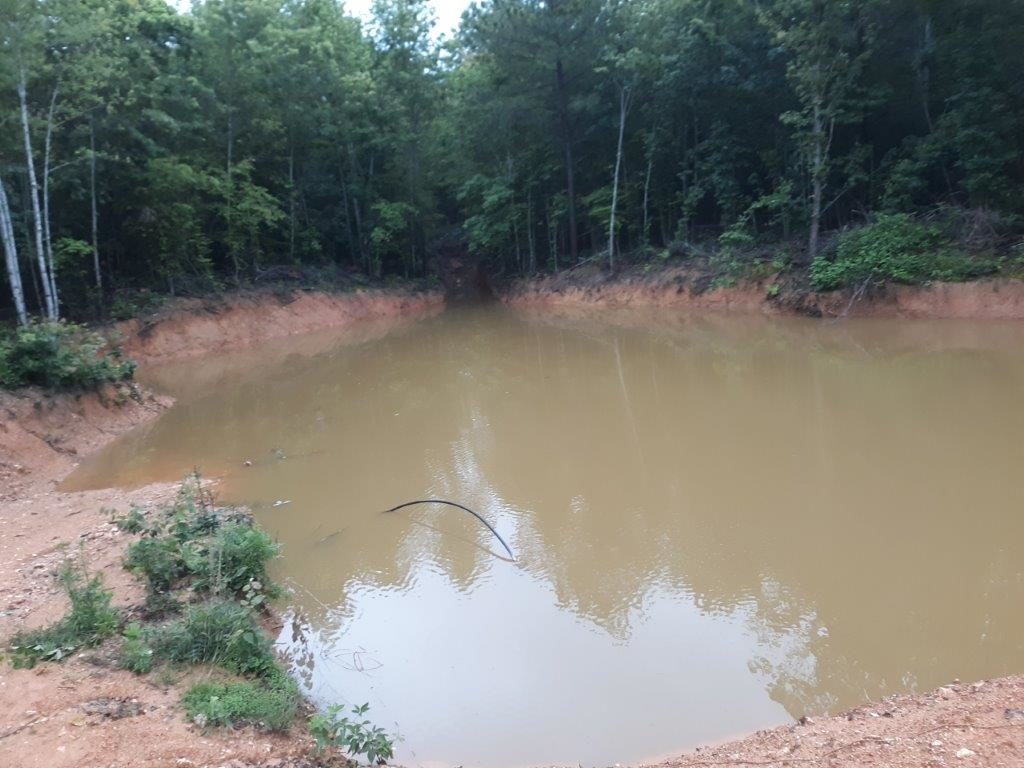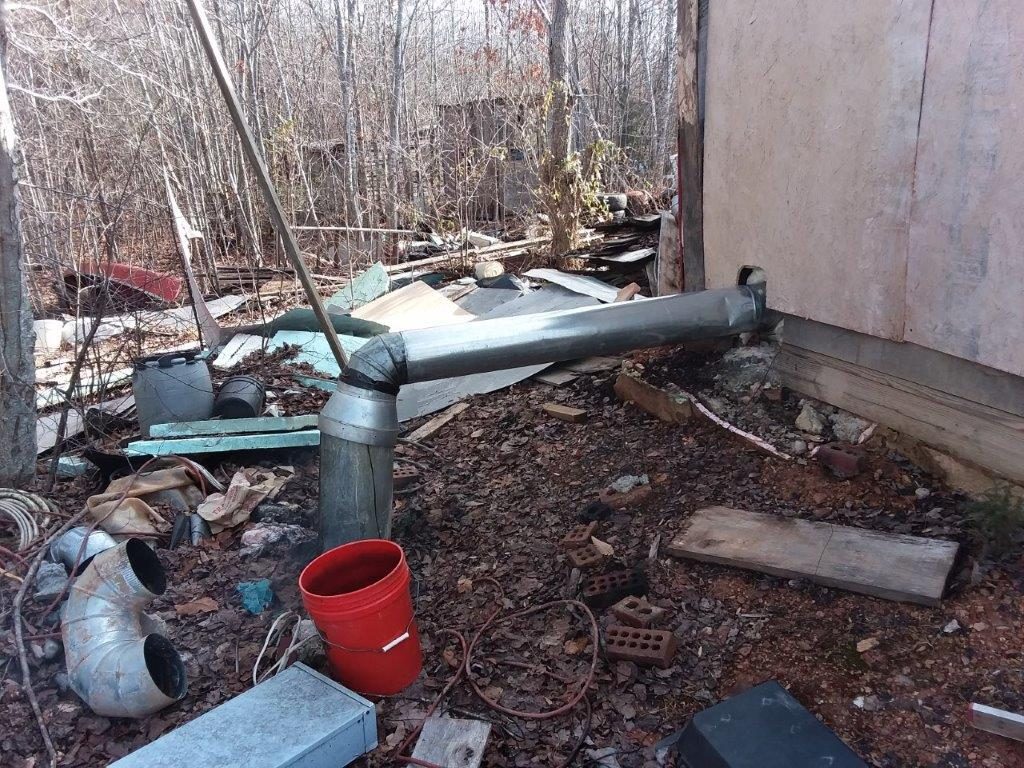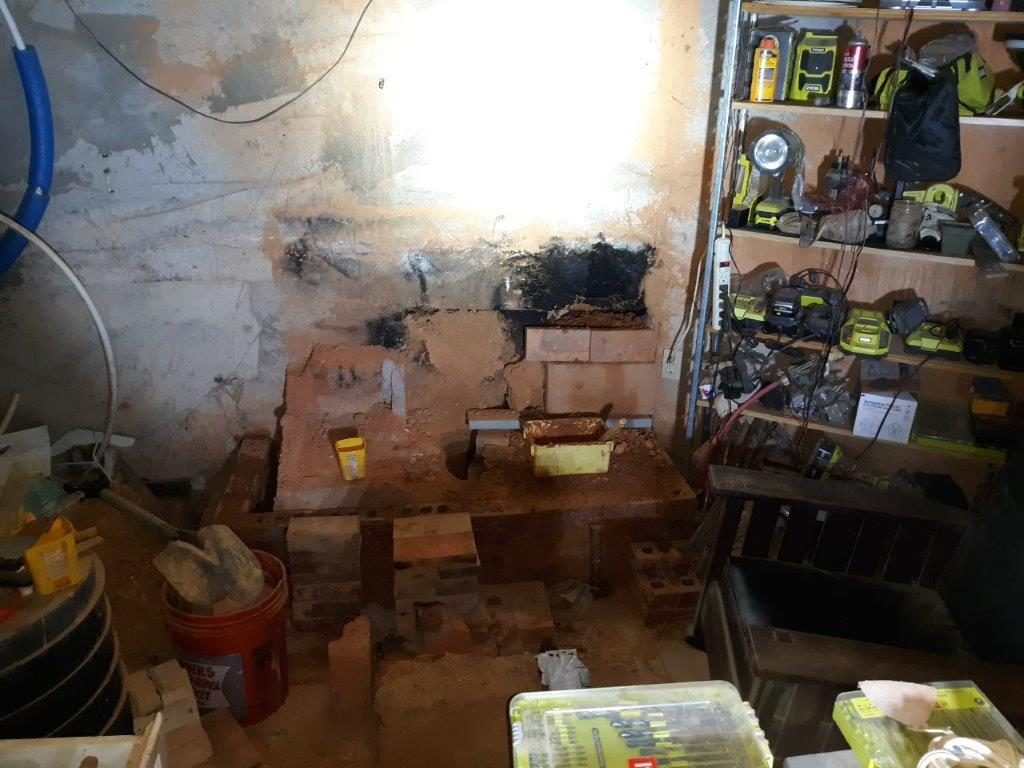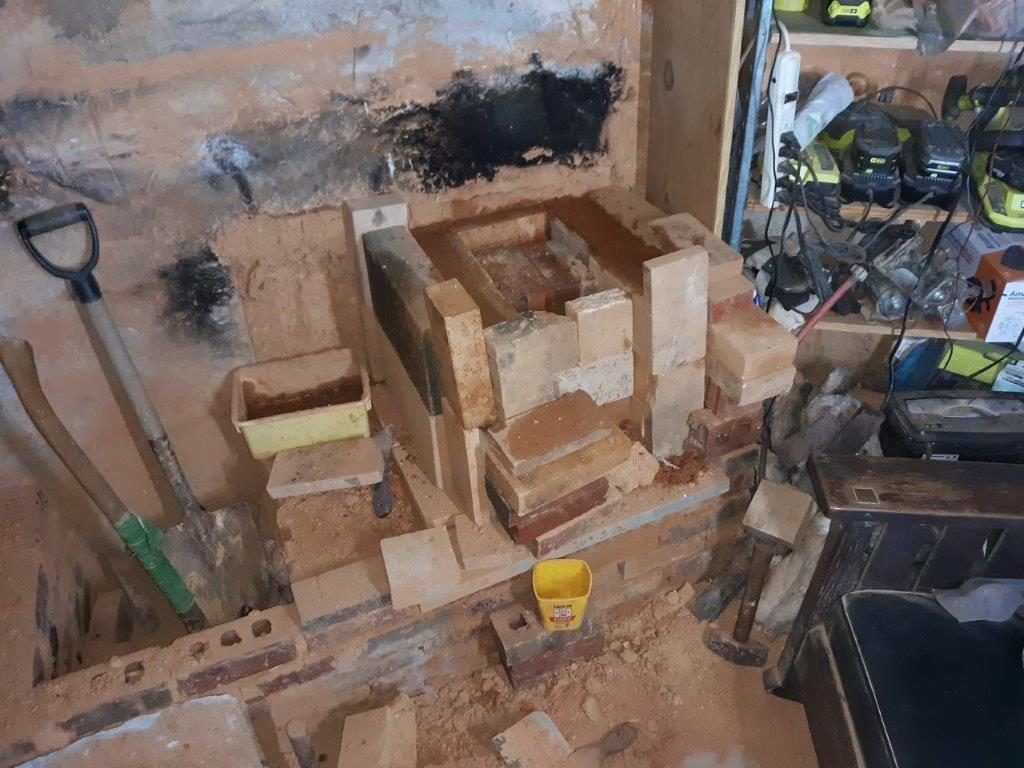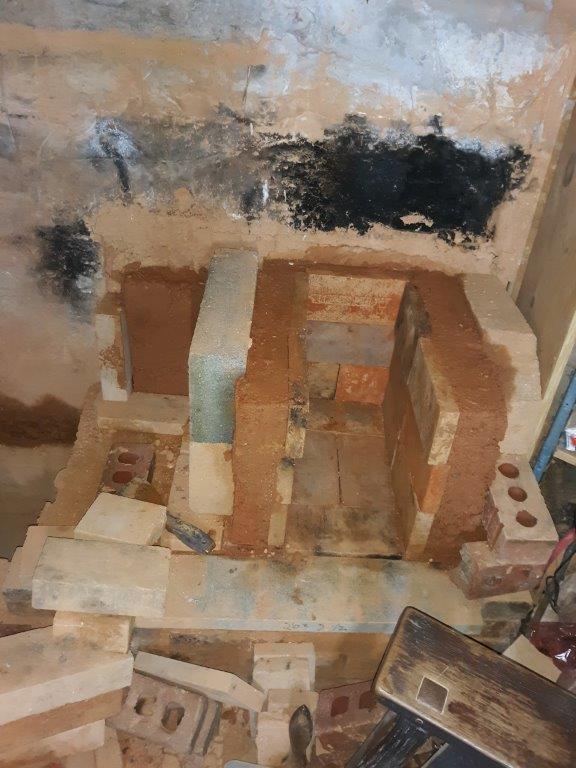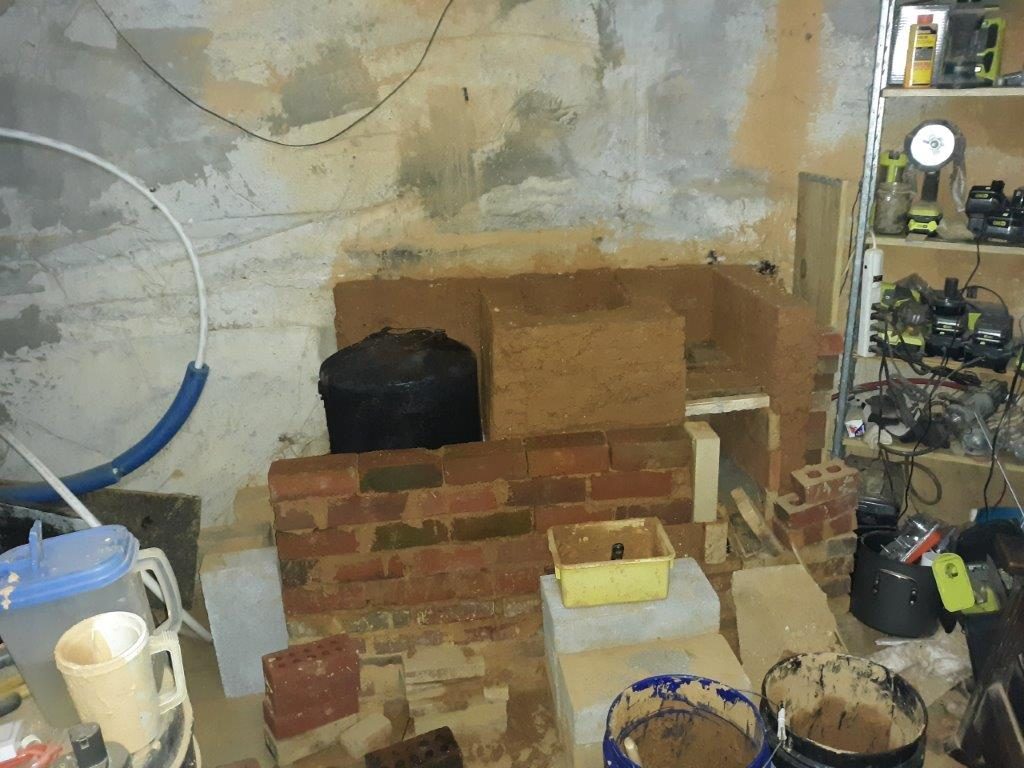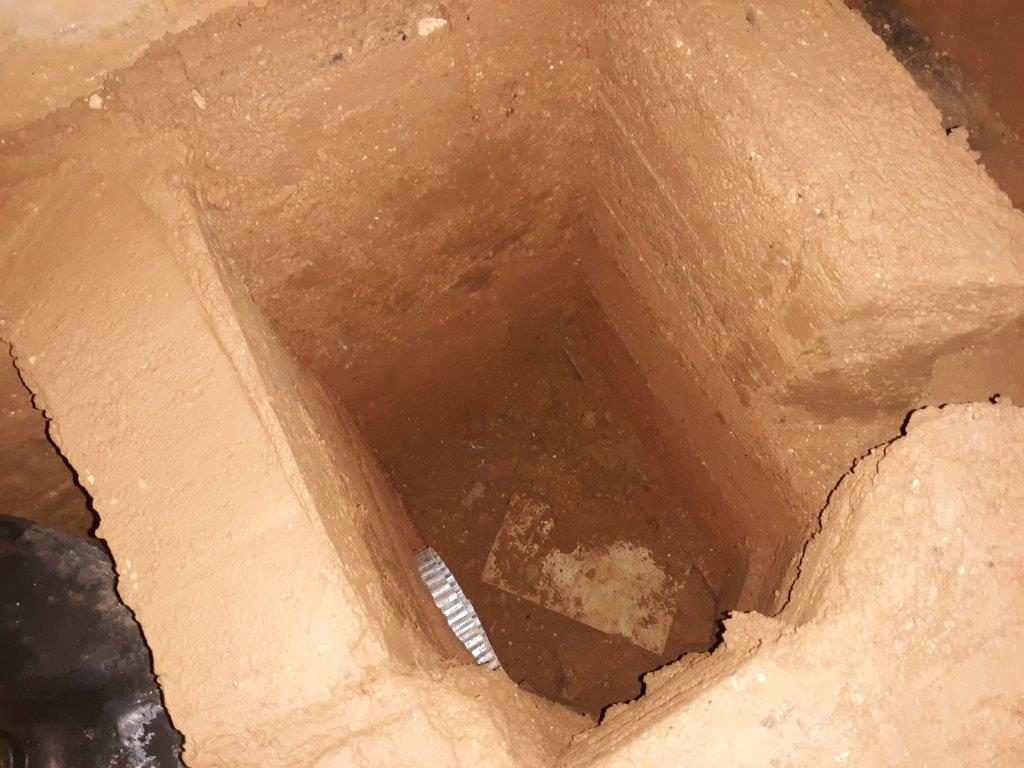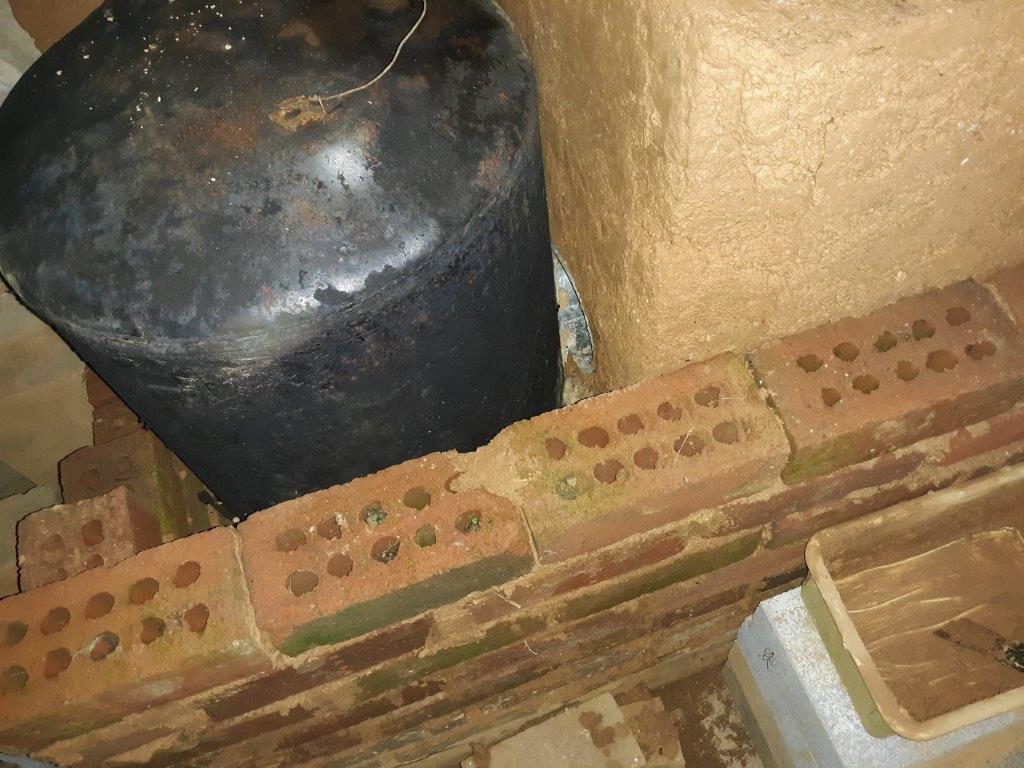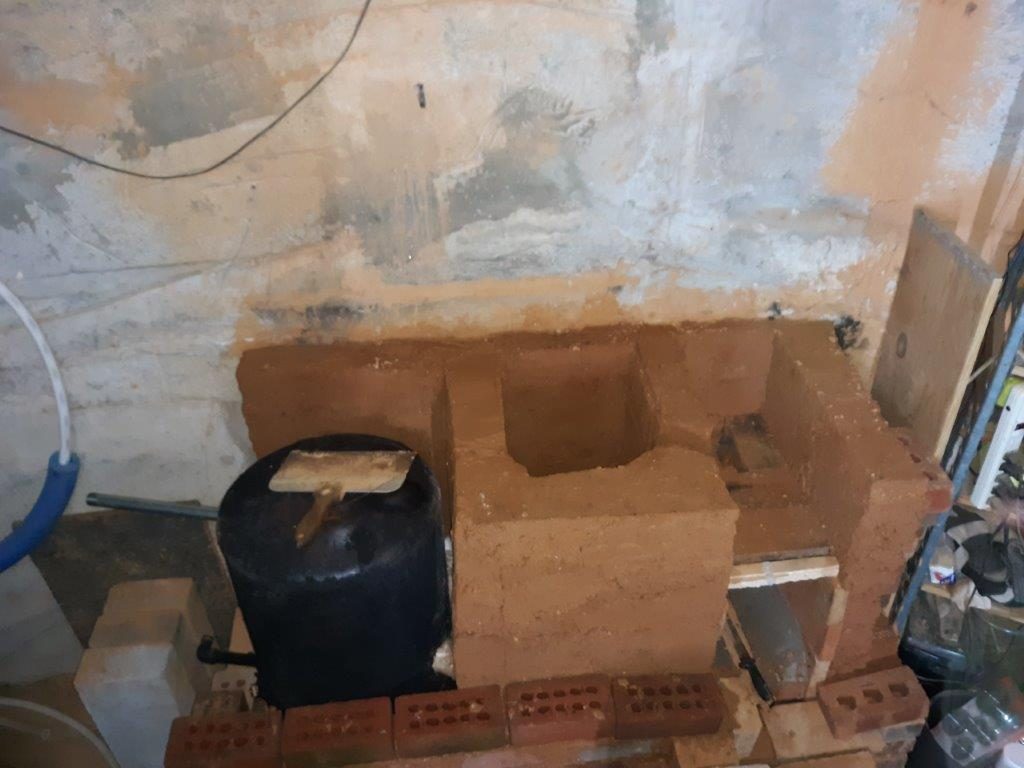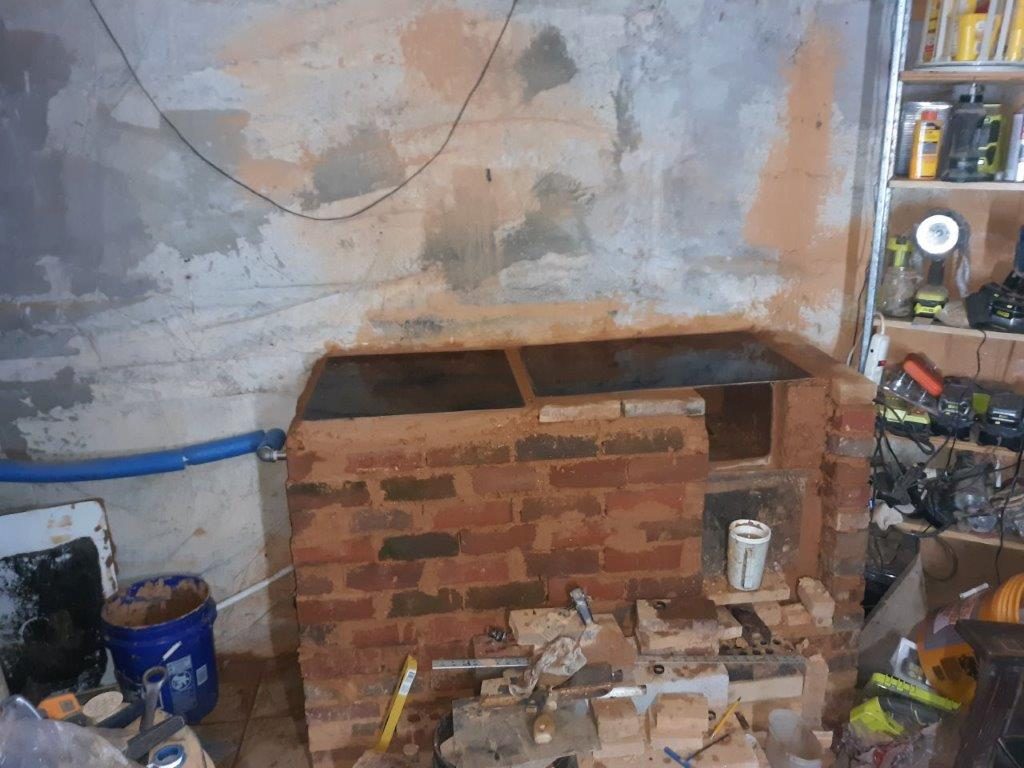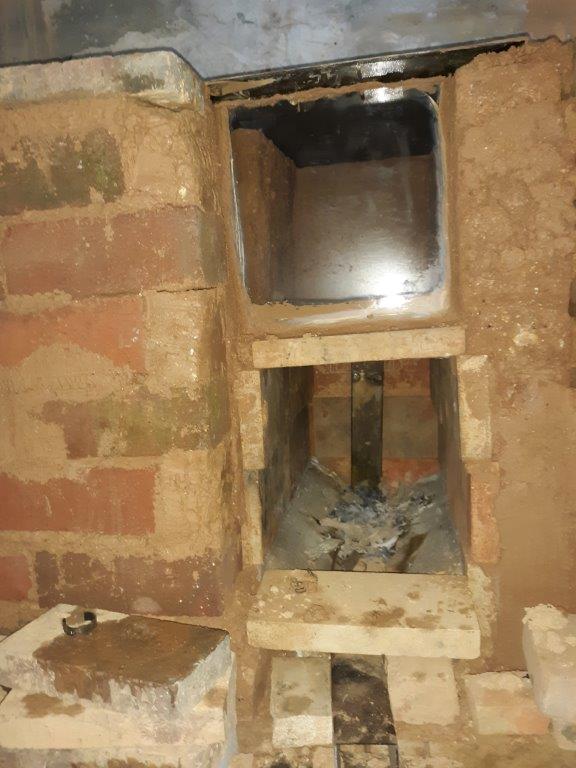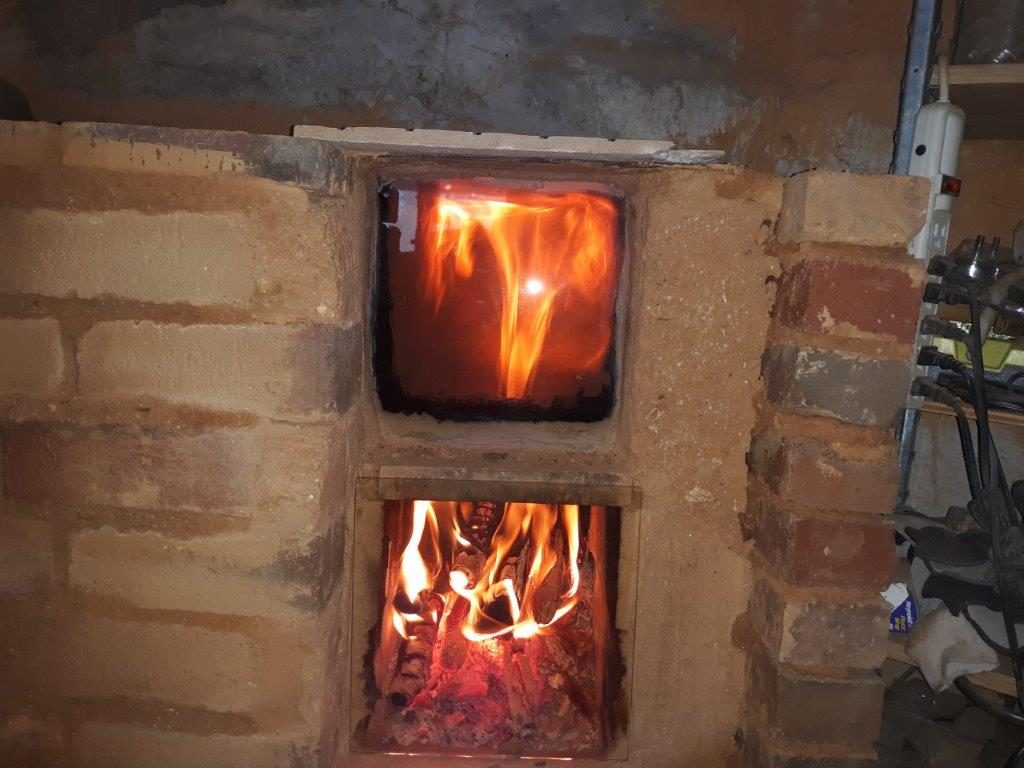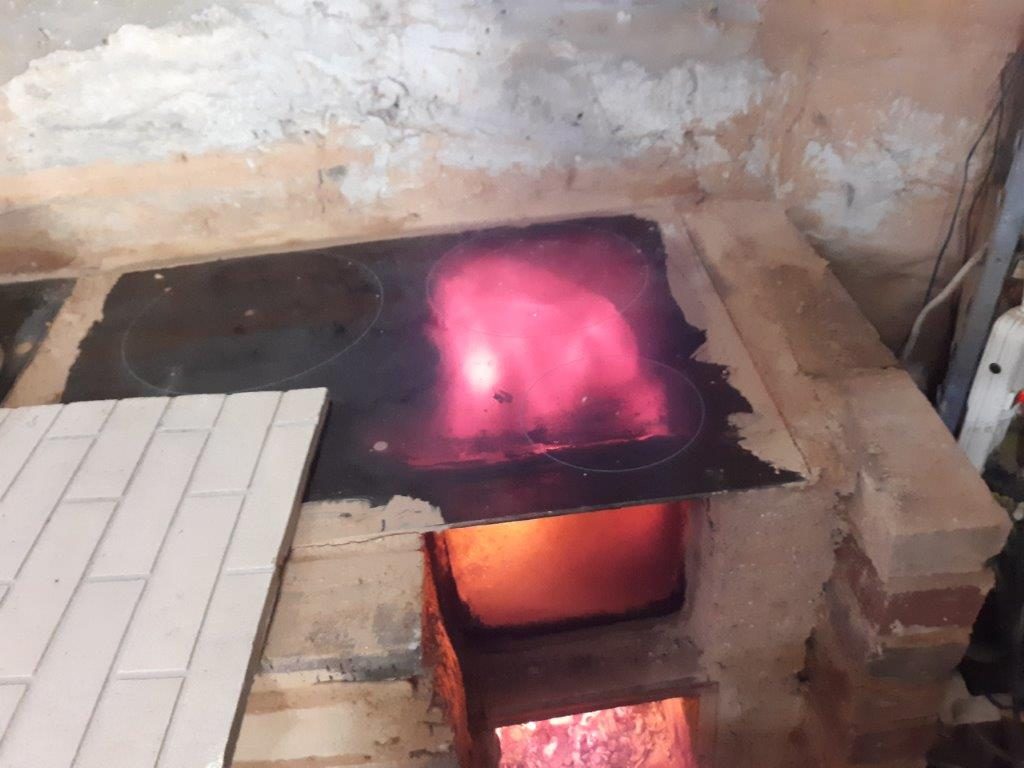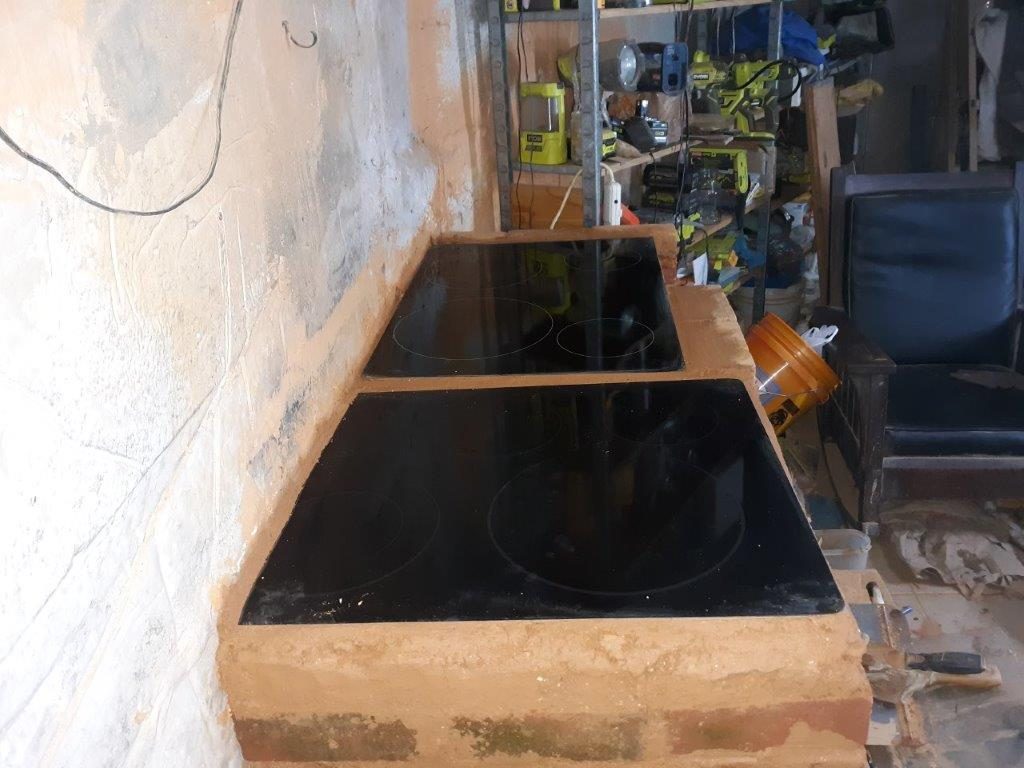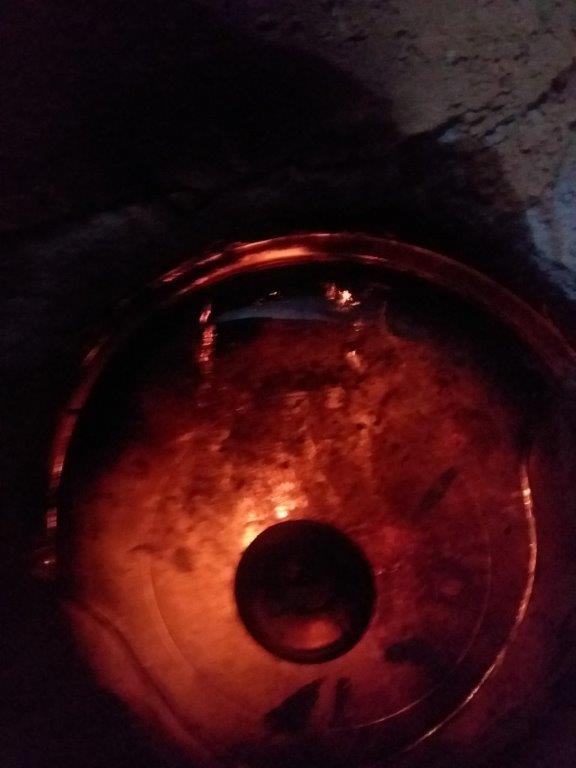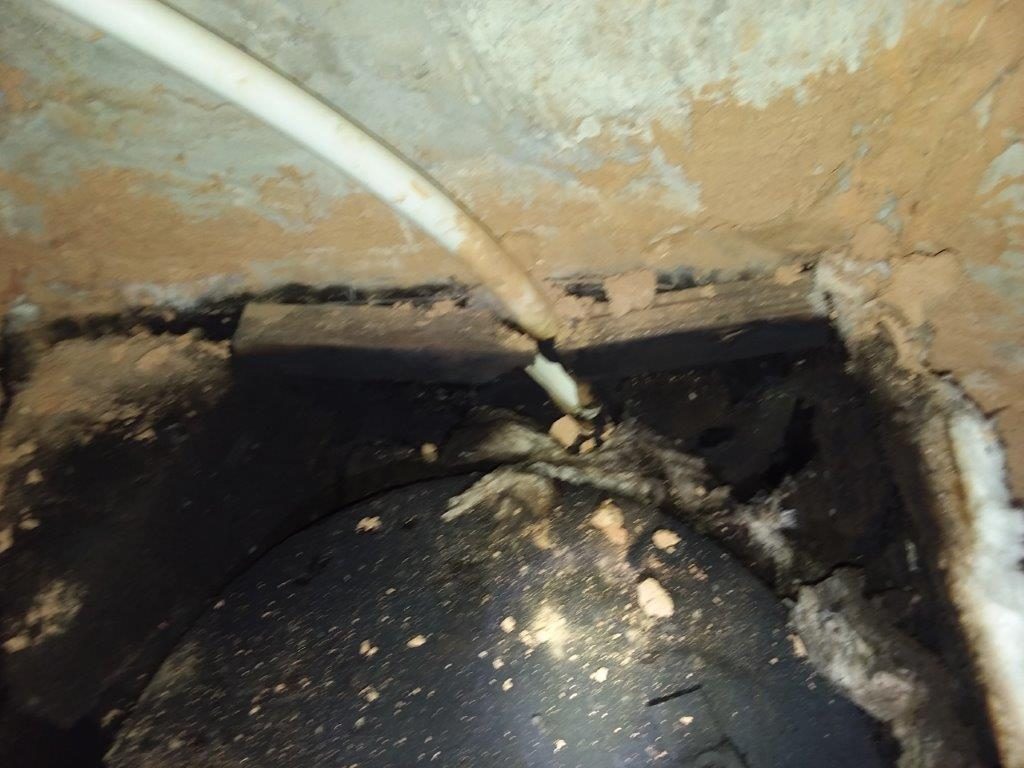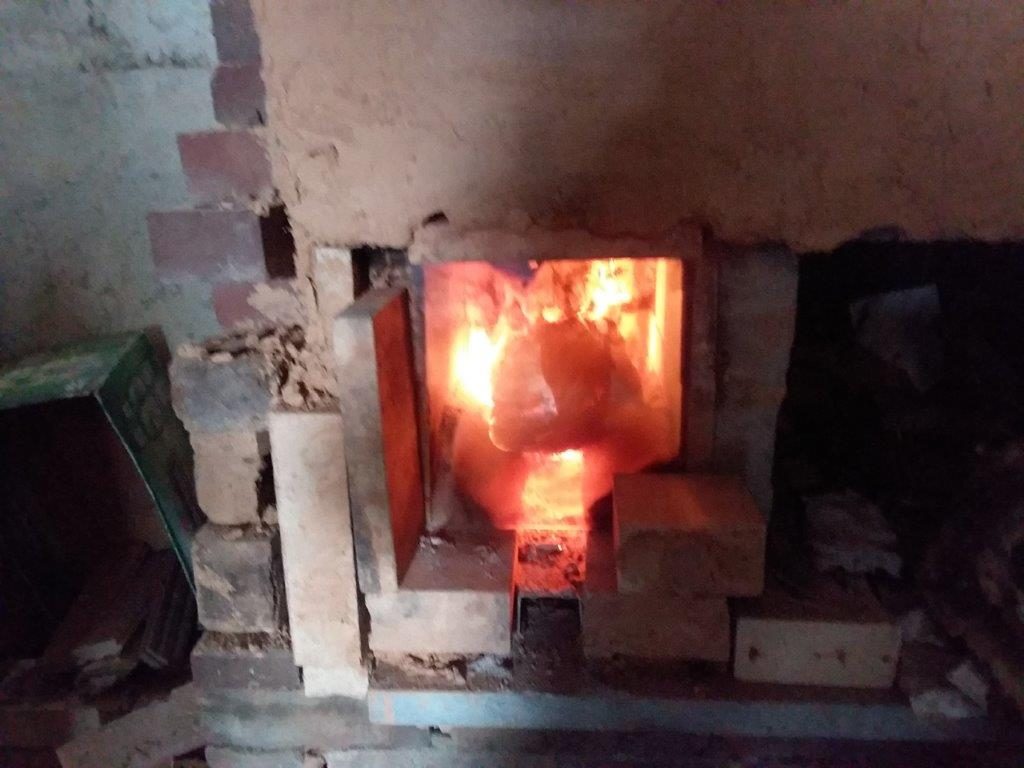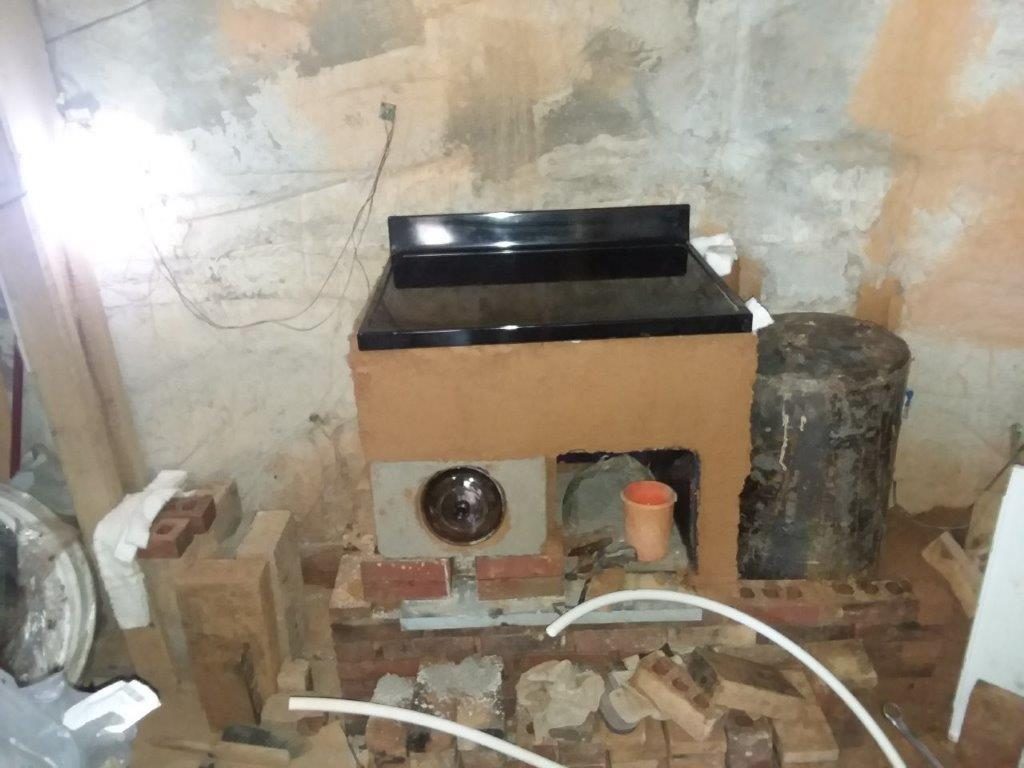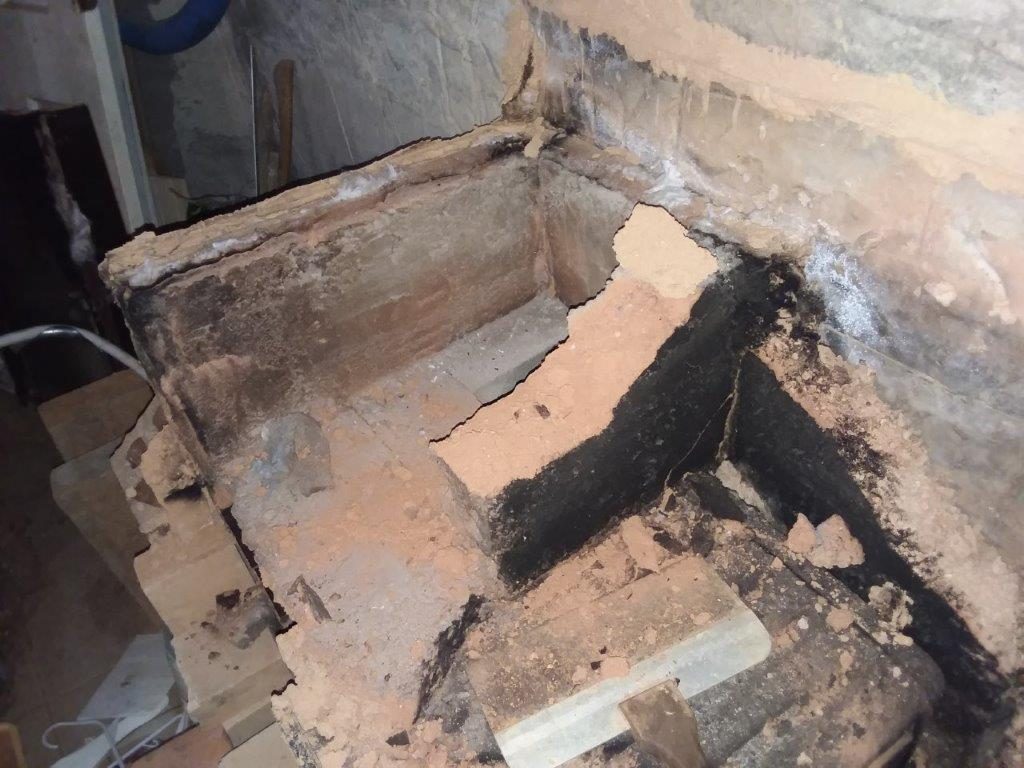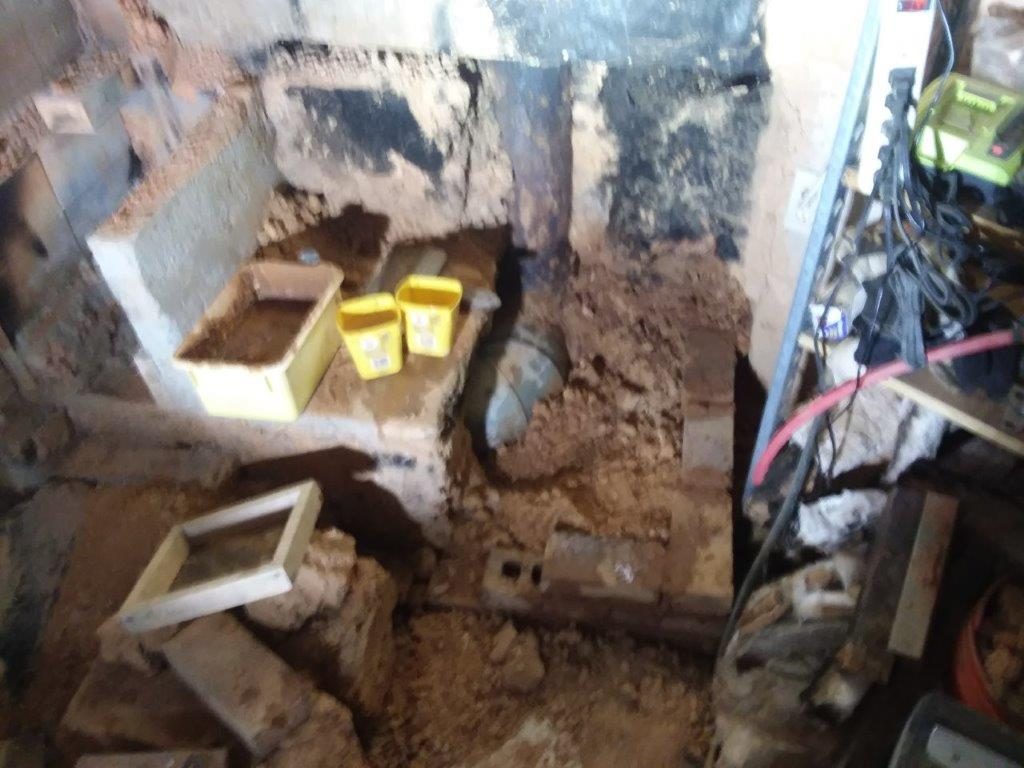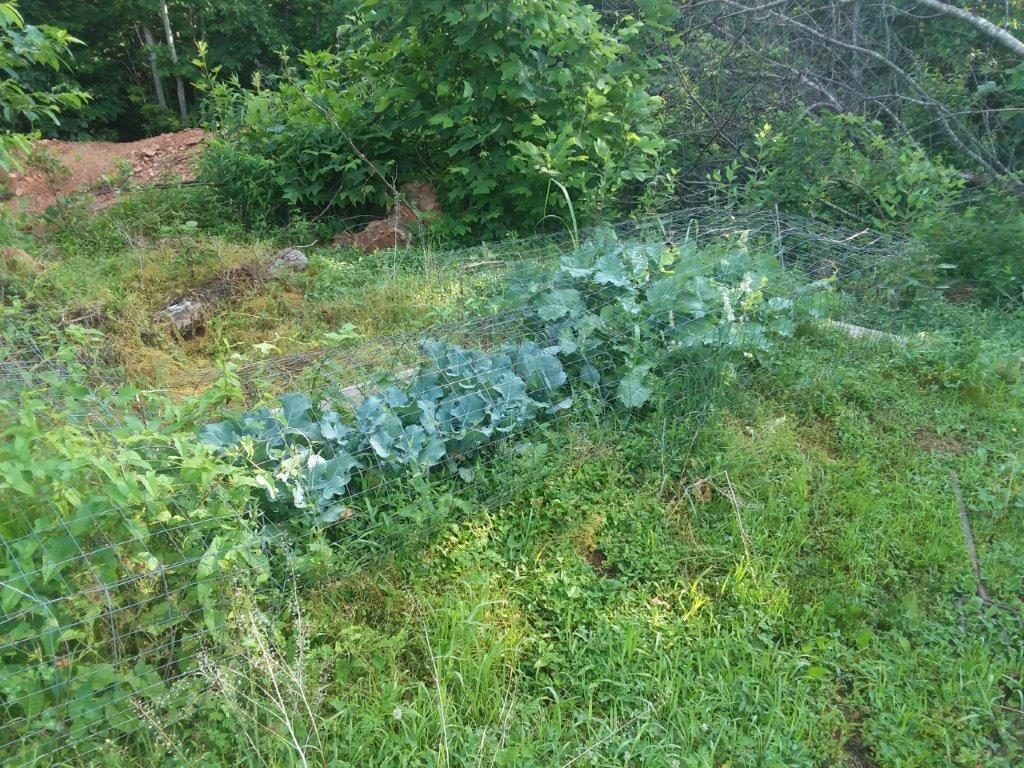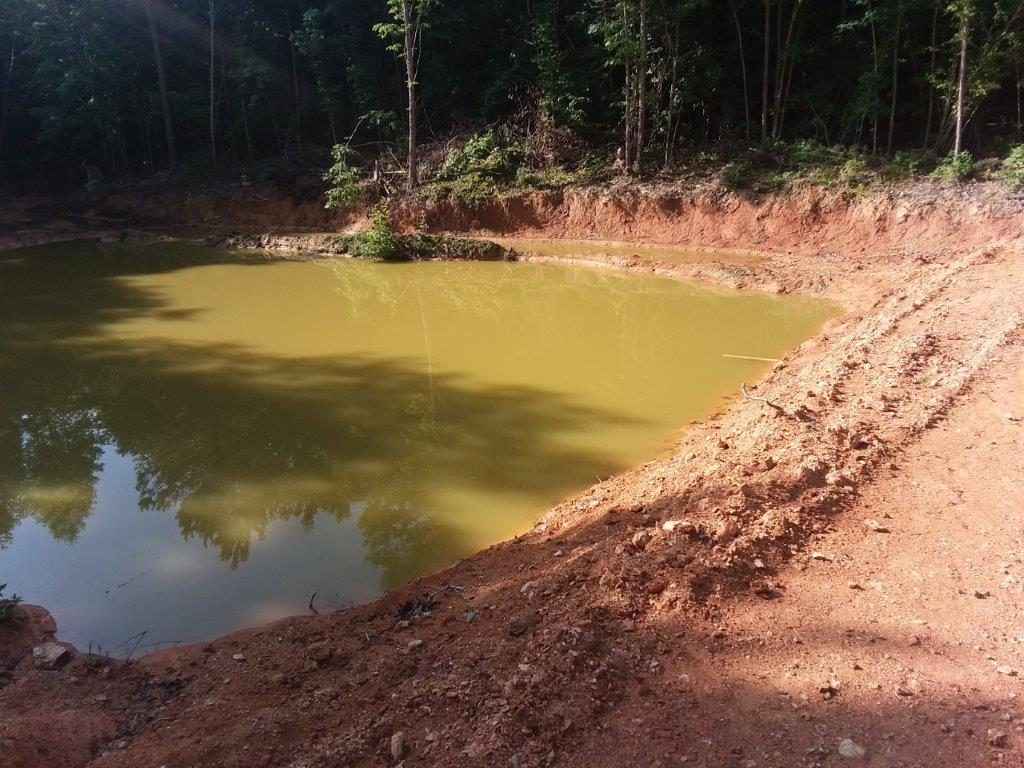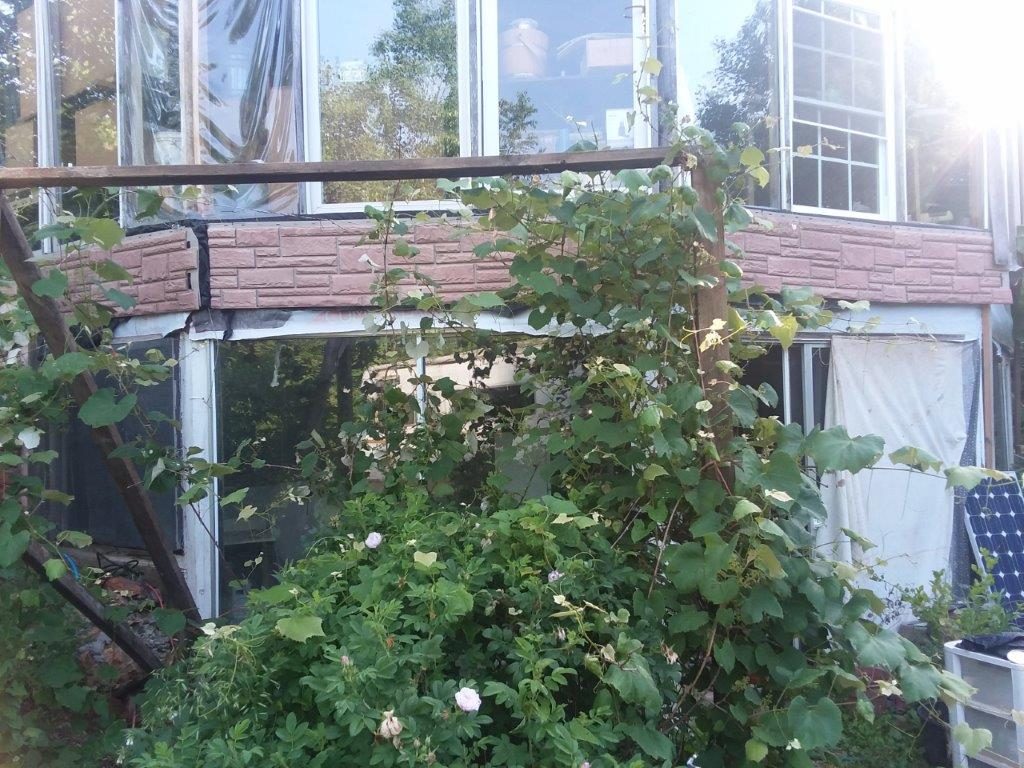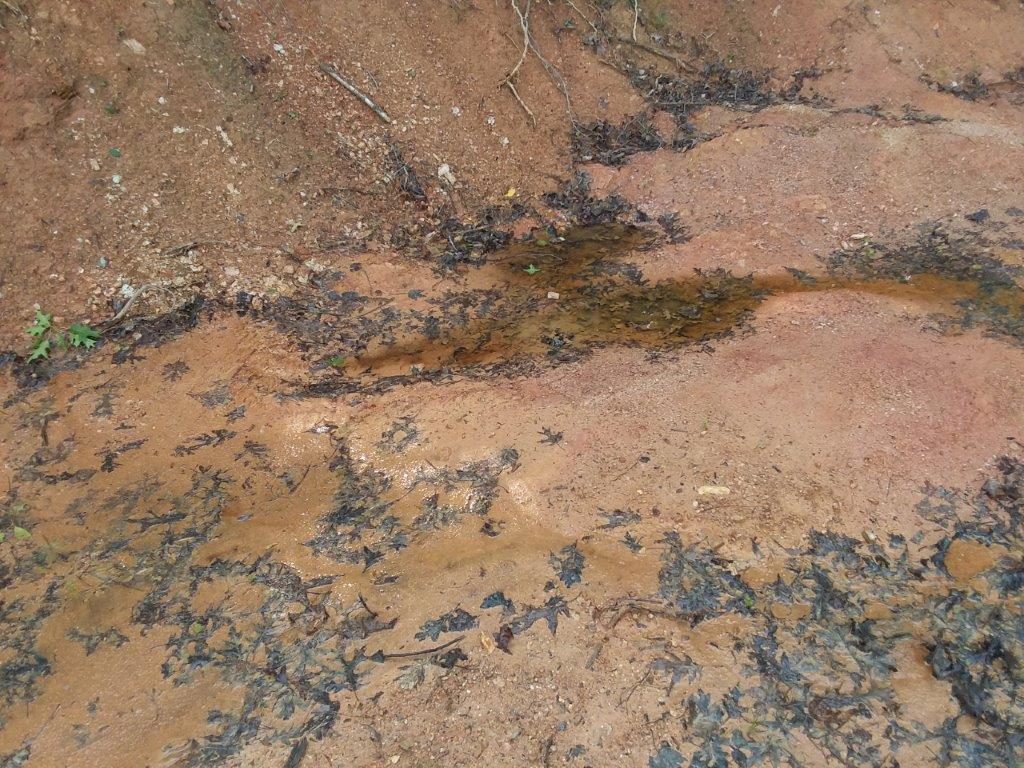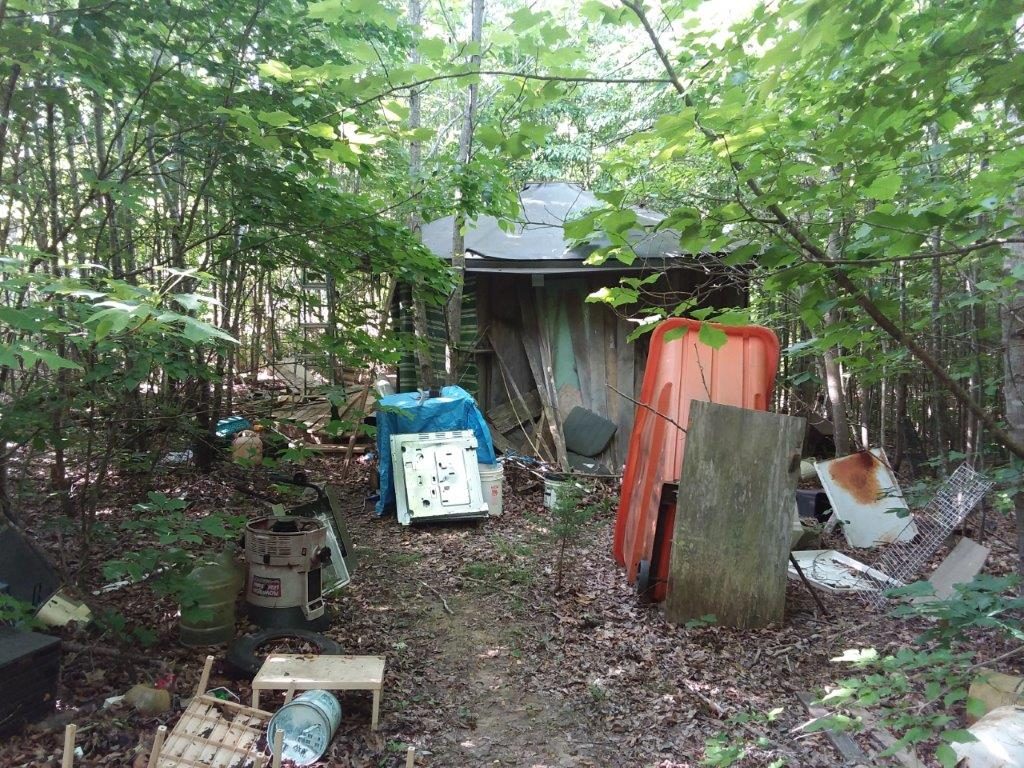This has been a drastic change from last year when it was too wet to do much. This year it has been very dry, and instead of water, dust, dry powdery clay is the issue.
It’s kind of interesting to watch the tendency of the mind to be so centered on the moment and when right in the middle of a situation things can seem so permanent that it’s difficult to remember there can be another condition. When it’s dry for a long time it’s hard to remember the water, and when it’s wet, it’s hard to believe things will ever dry out.
Puts me in the mind of the Arkansas Traveler, and the man with the leaky roof who doesn’t feel need to mend it when it’s dry, and when it’s wet it’s impossible to mend it. The end result is the roof continues to leak.
But here that isn’t the case, I’ve had the backhoe in several places that would be impossible in wetter conditions. I went down to the oldest goldfish pond where I couldn’t begin to go last year at this time. With a firm footing underneath the backhoe can go more places and dig out ponds deeper and wider, with less mess.
Creating deeps in a pond is important for many reasons. It gives fish a place to hide to escape predators, provides protection from cold and heat, and also reduces surface area evaporation in extreme drought, giving the fish that last refuge when everything else has dried up.
Regardless of the purpose of the action, there seems to be a strange relationship between the opposite conditions, and often the solution for one extreme is found when the pendulum swings in the other direction.
When it is too wet it’s easy to see where water has found weaknesses in the design, when it is too dry it is possible to rearrange and correct the design for the next time when water is in abundance.
Close to 100 degrees yesterday, 80 today, and barely 70 tomorrow. This feels more like August than October. Just writing it has me even more amazed at the extremes.
It’s tough to keep the few plants left alive watered and with dwindling reserves and little rain in sight everything must be rationed. The middle dam gave some water to the goldfish pond, the small garden pond donated water to the pepper plants, and the catfish in the upper pond have to do without as I watch their pond recede.
Since dry clay does not compact well, backhoe work is limited to establishing the filtration system for the middle pond, and spreading gravel on the driveways.
Dry weather is a good time to work on the driveways, so scraping the drive on the front side of the creek yielded several loads of pine needles and wood chips for the gardens from the other side of the creek, and then adding gravel helps them become more even and dependable for wet weather that will eventually come.
The one area near the middle dam was a creative event to gather more clay for the middle dam, and the sharp cliff that was left will hopefully establish a micro climate for many of the fig trees that have been living in the green house. It’s time to put together mulch and soil there so they can be replanted for their first unprotected winter, and sand and wood chips with salvaged top soil from the pond sites will be primary soil builders for them. A little compost will help as well to contribute lots of soil organisms.
They will also get a very heavy mulch of leaves once planted and with some luck become a regular fig forest.
This post has now officially become a running commentary on the last several months. With other imperatives in my life aside from these projects in Permaculture my house and gardens have suffered serious neglect, but with luck that will change in the coming week.
The dry spell has definitely broken, and I have been told my ponds are filling up. Looks like I may be waiting another year if I want to do any more digging on the upper pond. In fact, back hoe adventures may be severely limited to smaller projects and times when driving it from one location to the next don’t dig deep ruts in the ground.
Retreating inside or to hand tasks in the garden does have its advantages. Rest and planning are at the top of the list. It would be easy to get bored and start chaffing at the bit, leading to misadventures and more harm than good, so having a variety of projects, both inside and out can be a very good thing.
As the weather gets cooler, I’m reminded that the newest version of the rocket mass heater needs to be built. There’s always inside cleanup, and the roof skeleton definitely needs some more work. Not to mention finally fleshing out this post with the pictures it so desperately needs to continue a complete coverage of ongoing developments.
With that I will close, but pictures will be added soon and maybe this post will actually get published. 🙂
